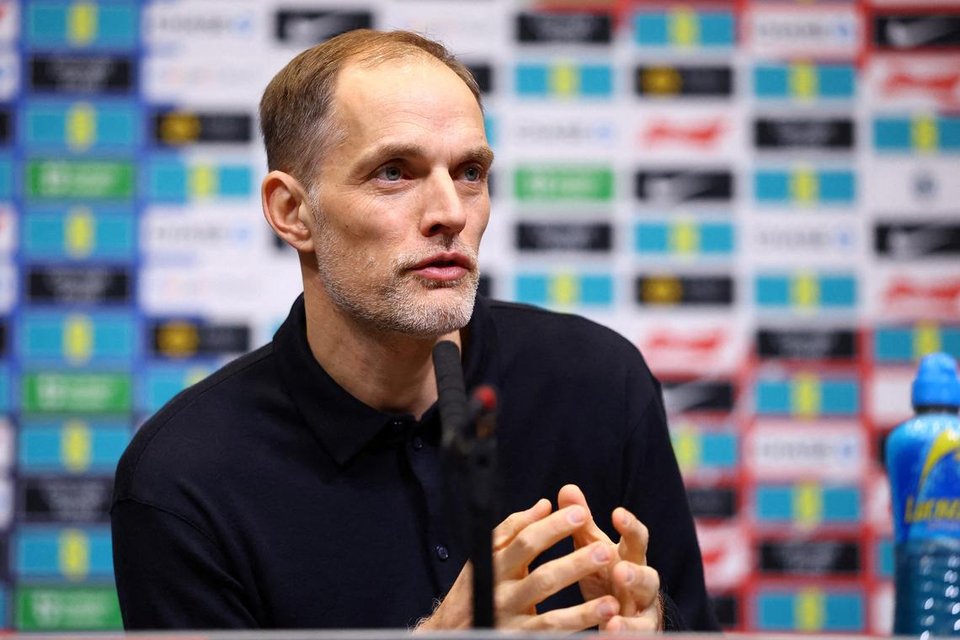England head coach Thomas Tuchel plans to attend the upcoming FIFA Club World Cup to observe how players handle the expected hot and humid conditions, with an eye toward preparing for the 2026 World Cup.
Next year’s tournament, set to take place in the United States, Canada, and Mexico, could be one of the hottest World Cups ever, and Tuchel is taking early steps to assess how best to adapt.
“It’s important to watch games now in America—especially in Miami at three in the afternoon,” Tuchel said while preparing his team for a World Cup qualifier against Andorra in Barcelona.
“I want to see the conditions firsthand—how players react, how we can keep them cool, what hydration strategies work, and what options we have.”
England currently lead Group K in qualifying and are on track for a spot at the 2026 World Cup, where they’ll likely be among the contenders. However, Tuchel expects the heat to be a significant factor.
“It’ll be right after the season, so the timing will be similar,” he said. “I’ve done pre-seasons in Orlando, and I’ll be surprised if we don’t suffer. Suffering may well be one of the key themes of this World Cup.”
To prepare, England are training in Girona, Spain, using heat tents to monitor how players respond and recover under high temperatures and humidity.
Sixteen stadiums will host matches during the tournament, with many expected to see extreme heat. In Dallas, for instance, over 80% of days in June and July typically exceed 28°C.
A study by Brunel University, based on two decades of weather data, found that 14 of the 16 World Cup venues regularly surpass 28°C during those months, and four could reach 32°C in particularly hot summers.
FIFPRO, the global players’ union, recommends implementing cooling breaks around the 30th and 75th minutes when the Wet Bulb Globe Temperature (WBGT) reaches 28–32°C. If the WBGT exceeds 32°C, they advise postponing or rescheduling training and matches entirely.


